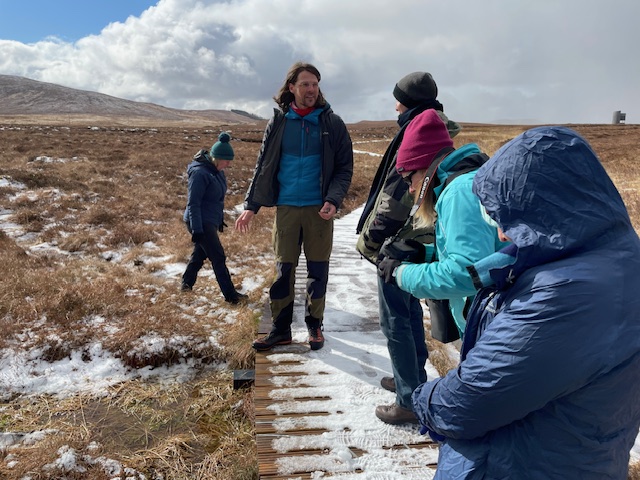The Climate Vulnerability Index (CVI) is a systematic and rapid assessment tool for World Heritage that is values-based, science-driven and community-focused
The CVI process
The CVI builds upon the vulnerability framework approach described in the Fourth Assessment Report of the Intergovernmental Panel on Climate Change (IPCC). However, the CVI differs from many vulnerability assessments because it comprises two distinct stages (see Figure at left) and can be applied across all types of World Heritage (WH) properties, assessing:
- the OUV Vulnerability (OUV = Outstanding Universal Value, the central concept for World Heritage); this assesses the exposure, sensitivity and adaptive capacity of the key WH values that collectively comprise the OUV, assessing how they will be impacted by three key climate stressors chosen to be the most relevant for that WH property; and
- the Community Vulnerability based on the economic, social and cultural dependencies upon the WH property, and the adaptive capacity of these to cope with climate change. The Community Vulnerability component is a key aspect that makes the CVI distinct from many other risk assessment approaches.
Both results of vulnerability are highly relevant for many groups including the site managers, the responsible management agencies, the businesses that are dependent on the property and the local communities around each WH property, especially as the CVI assesses the extent to which they may be able to adapt.
For more information of the CVI, see here.
Where has the CVI been applied to date?
The CVI was specifically developed to assess the impacts of climate change upon all types of WH properties. To date, the CVI has been applied in a diverse range of WH properties across the globe, representing all 10 WH criteria. These include:
- a variety of natural WH properties, including Shark Bay, Western Australia, Aldabra Atoll (Seychelles), High Coast/Kvarken Archipelago (Sweden and Finland), Salonga National Park (Democratic Republic of the Congo); Mosi-oa-Tunya/Victoria Falls (Zambia/Zimbabwe) and the Wadden Sea (Germany, Netherlands and Denmark),
- various cultural WH properties, including a small archaeological site (Heart of Neolithic Orkney, Scotland); a major urban and historic city (Old and New Towns of Edinburgh, Scotland), historic ruins (Ruins of Kilwa Kisiwani and Songa Mnara, United Republic of Tanzania); remnants of the Roman occupation (Antonine Wall, Scotland) and two very diverse cultural landscapes (Vega Archipelago in Norway, Sukur Cultural Landscape in Nigeria),
- a mixed WH property (St Kilda, Scotland), inscribed for its outstanding natural and cultural values.
The CVI has therefore been demonstrated to be applicable to WH properties large and small; terrestrial and marine; urban and rural; cultural landscapes; and serial and transnational properties. Testimonials for many applications of the CVI are available here.

Climate change is the fastest growing global threat to our heritage.
Climate impacts include rising temperatures, sea level rise, extreme precipitation, flooding, coastal erosion, drought, worsening wildfires, and human displacement.

Today, around the world there are over 1,100 World Heritage properties – natural, cultural and mixed. While these are ‘the best-of-the best’ globally, many of these properties are already experiencing significant negative impacts and damage from climate change.

The Climate Vulnerability Index (CVI) is a rapid assessment tool that is distinct from other vulnerability assessments in that it evaluates:
- OUV Vulnerability; and
- Community Vulnerability
for all types of World Heritage properties.













